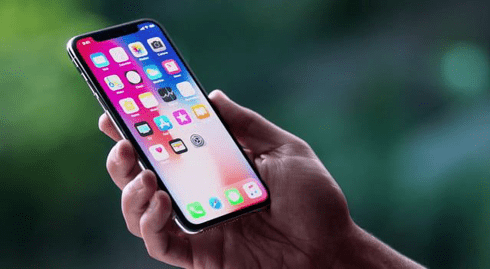End of 2017, Apple underwent bad buzz and was accused to intentionally be slowing down older iPhones. And this feeds the whole discussion on planned obsolescence. A debate very much either black or white: mean manufacturer versus sweet consumer. Or even the contrary (which is surprising to me): the concept of obsolescence initiated by NGOs.
Let’s start from the beginning:
Our phones’ batteries are now mainly based on the Litthium-Ion technology. The chemical behavior of the battery worsens accordingly to the amount of charge/discharge cycle. After 500 cycles, the battery only has 80% of its battery capacity left (but the phone OS recalculates a level so that it displays a “charge” of 100%). This means that if you have a 3000mAh battery, after 500 cycles, you will really only have 2400mAh.
Battery ageing usually goes in pair with a loss of battery power, especially on peak loads management. You might have encountered this situation, your phone or PC has 10% of battery and all of a sudden the level drops; and as it usually happens with a low battery level, your phone shuts down without giving you any notice. This is what Apple describes on its blog.
In order to limit that phenomenon, Apple tries and limit peak loads by limiting the CPU frequency. Then, there is usually less peak loads. However, on the phone, there are other big consumers (GPS, radio cell…). We can even wonder if Apple isn’t slowing down other components.
Before that, we need to go back on this whole cycle story. Is it inevitable? A cycle directly is connected to the phone consumption level, which itself depends on a few things:
- Hardware consumption
- OS consumption
- Your use (amount of calls, video, etc)
- Applications consumption
For the first two points, manufacturers usually try and make efforts. When it comes to the use, you are the one managing it. However, there is very little communication. For applications consumption, it isn’t inevitable (it is actually GREENSPECTOR goal).
Once you have that in mind, is Apple responsible for obsolescence? If so, is it planned obsolescence? First off, the actual cause for obsolescence is distributed: is Apple responsible for the overconsumption of specific applications? Some manufacturers try to solve this issue by [putting a finger on consuming applications](http://greenspector.com/en/why-should-you-care-about-your-applications-impact-on-the-end-users-battery-life/).
Apple doesn’t show much zeal on this point. Application designers: 0, Apple: 0.
When it comes to usage, Apple provides the strict minimum in terms of communication. It is way more hype to communicate on the launch of an animated emoji, than this after all. It kind of makes sense though, users love it. It is also more interesting for media: publishing the endless queue stories for every new version released never gets old. Apple: 0, Media: 0, Users: 0.
Overall, 0 for everyone, so a shared obsolescence! However, the thing the most debatable about Apple acknowledgement of battery ageing (which is real), isn’t the whole slowdown phenomenon, it is the lack of communication. Users are smart enough to understand a message like “Your battery is getting old, we recommend a slowdown of your phone: Yes, No (I prefer changing battery)”. But again, this doesn’t meet the “hype” requirements and the product would look “too technical” (which is the case). With this last point and Apple not sending alerts to its user about slowdowns, the user cannot be accountable and act either way. It doesn’t know all the facts necessary to assess the situation. It most likely will be a lack of parameter that will potentially make it go choose the renewal option. And in this case, yes, Apple is doing planned obsolescence.

